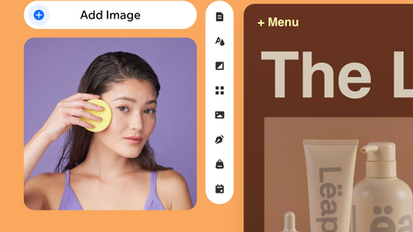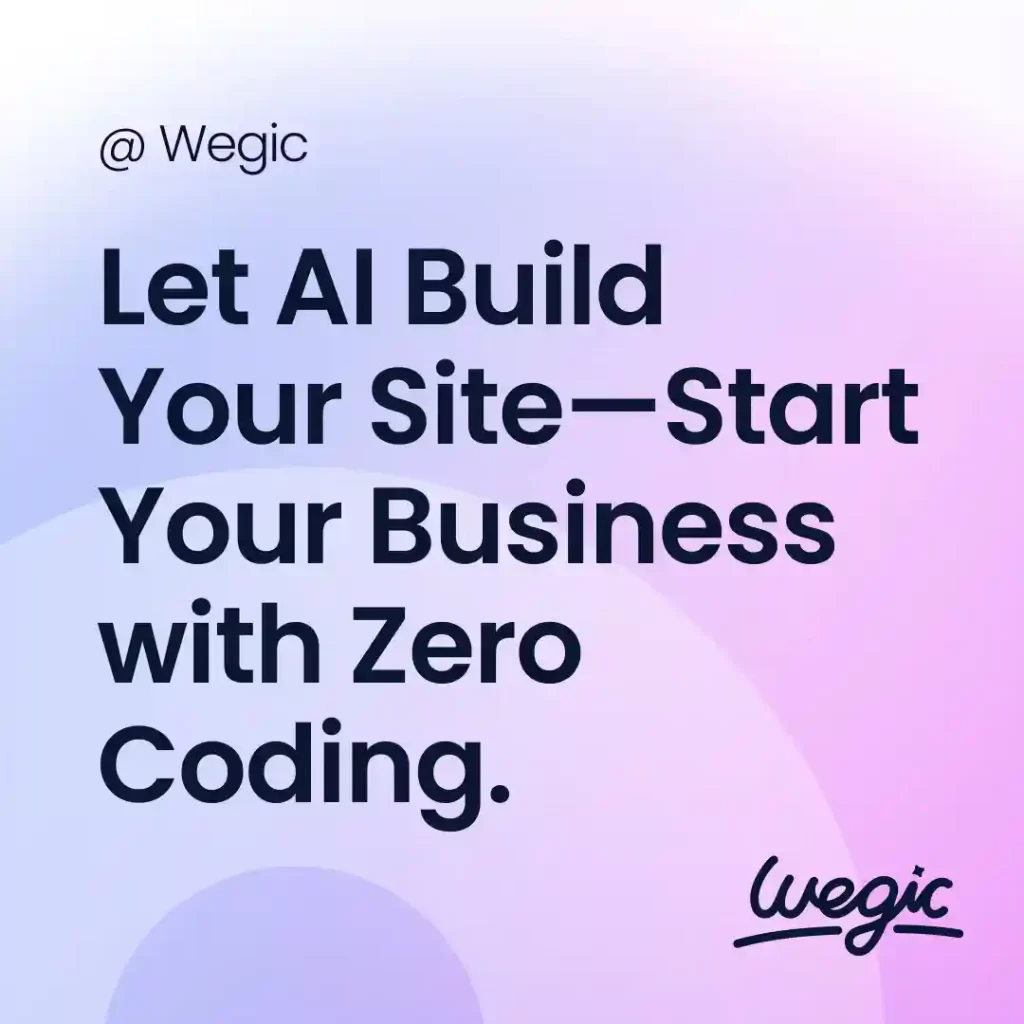Web Designer Company Best Practices
Web Designer Company Challenges
Web Designer Company
Web design is crucial for any business looking to establish a strong online presence. A well-designed website not only attracts visitors but also keeps them engaged and interested in your brand. With constantly evolving technology and trends, it is essential to stay updated on the latest web design ideas to ensure your website remains visually appealing and user-friendly. In this article, we will discuss some creative web design ideas that can help elevate your website and make it stand out from the competition.

Getting Started with Web Designer Company
Web Designer Company
Website templates offer a convenient and cost-effective solution for those who are looking to create a website without having to start from scratch. Instead of hiring a web designer to build a custom website, templates provide a ready-made design that can be easily customized to fit the brand and content of the site. This saves time and effort in the development process, allowing individuals and businesses to focus on creating high-quality content and engaging with their target audience.
There are many benefits to using website templates, one of the most notable being their ease of use. Templates are designed to be user-friendly, with drag-and-drop functionality and customizable features that make it easy for anyone to create a professional-looking website. This is especially beneficial for individuals and small businesses who may not have the technical skills or resources to build a website from scratch. With a template, they can simply choose a design that fits their needs, customize it with their own content and branding, and have a fully functional website up and running in no time.
Another advantage of using website templates is the cost savings. Hiring a web designer to create a custom website can be expensive, with costs ranging from hundreds to thousands of dollars. Website templates, on the other hand, are much more affordable, with many free or low-cost options available online. This makes it a cost-effective solution for individuals and businesses looking to create a professional website on a budget.
In addition to cost savings, website templates also offer flexibility and scalability. Templates are designed to be responsive, meaning they can adapt to different screen sizes and devices, ensuring a seamless user experience across all platforms. This is crucial in today’s mobile-first world, where more and more people are accessing websites on smartphones and tablets. With a responsive template, businesses can reach a wider audience and provide a consistent user experience, regardless of the device being used.
Furthermore, website templates are constantly being updated and improved by their creators, ensuring that users have access to the latest design trends and features. This means that businesses can keep their websites looking fresh and modern without having to constantly redesign their site. Templates also come with built-in features and functionality, such as SEO optimization, social media integration, and e-commerce capabilities, making it easy for businesses to enhance their online presence and reach their target audience.
While website templates offer many benefits, it is important to choose the right template that fits the needs and goals of the website. There are many different types of templates available, ranging from simple one-page designs to more complex multi-page layouts. It is important to consider factors such as the type of content being displayed, the target audience, and the overall branding of the business when selecting a template. Additionally, it is important to customize the template to make it unique and reflect the personality of the business.
Importance of Web Hosting
Web hosting is essential for any website to be visible on the internet. Without web hosting, your website would not be accessible to users. When you sign up for a web hosting service, you are essentially renting server space where your website files are stored. The web hosting provider ensures that your website is available to users 24/7, and also provides technical support and maintenance services to keep your website running smoothly.
Another important aspect of web hosting is website speed and performance. The speed at which your website loads can have a significant impact on user experience and search engine rankings. A reliable web hosting provider will ensure that your website loads quickly and is accessible to users across the globe. In addition, web hosting providers offer security features such as SSL certificates and regular backups to protect your website from cyber threats and data loss.
Different Types of Web Hosting
There are several types of web hosting services available, each with its own set of features and benefits. The most common types of web hosting are:
1. Shared Hosting: Shared hosting is the most basic and affordable type of web hosting. In this setup, multiple websites share the same server resources, including storage space, bandwidth, and CPU power. Shared hosting is ideal for small businesses and individuals with low traffic websites.
2. VPS Hosting: VPS (Virtual Private Server) hosting is a step up from shared hosting. In VPS hosting, websites are hosted on virtual servers that mimic dedicated servers but share server resources with other websites. VPS hosting offers more control and customization options compared to shared hosting.
3. Dedicated Hosting: Dedicated hosting provides users with their own physical server. This type of hosting is ideal for websites with high traffic and resource-intensive applications. Dedicated hosting offers the highest level of performance and security but is also the most expensive option.
4. Cloud Hosting: Cloud hosting is a flexible and scalable hosting solution that utilizes cloud infrastructure to host websites. In cloud hosting, websites are hosted on a network of virtual servers that can be easily scaled up or down based on demand. Cloud hosting is a cost-effective option for websites with fluctuating traffic levels.
Factors to Consider When Choosing a Web Hosting Provider
When choosing a web hosting provider for your website, there are several factors to consider to ensure that you are getting the best service for your needs. Some of the key factors to consider include:
1. Reliability and Uptime: It is crucial to choose a web hosting provider with a proven track record of reliability and uptime. Look for providers that guarantee uptime of at least 99.9% and have robust infrastructure to prevent downtime.
2. Performance and Speed: Website speed and performance are critical for user experience and search engine rankings. Choose a web hosting provider that offers fast servers and optimized performance for your website.
3. Security Features: Security is a top priority for websites, especially those that handle sensitive information. Look for web hosting providers that offer SSL certificates, regular backups, and other security features to protect your website from cyber threats.
4. Customer Support: If you encounter technical issues or need assistance with your website, reliable customer support is essential. Choose a web hosting provider that offers 24/7 support via multiple channels such as phone, email, and live chat.
5. Pricing and Plans: Compare pricing and features across different web hosting providers to find a plan that fits your budget and needs. Consider factors such as storage space, bandwidth, and scalability when choosing a hosting plan.

Web Designer Company Resources
Web Designer Company
In today’s digital age, having a visually appealing and user-friendly website is crucial for the success of any business. A well-designed website can help attract new customers, build credibility, and increase conversion rates. However, designing a website is not as simple as it may seem. It requires a strategic and systematic approach to ensure that the final product meets the needs and expectations of both the business and its target audience. In this article, we will discuss the website design process in detail, outlining the key steps involved in creating a successful website.
Step 1: Define the Purpose and Goals
The first step in the website design process is to clearly define the purpose and goals of the website. This involves identifying the target audience, understanding their needs and preferences, and determining the desired outcomes for the website. For example, is the website meant to generate leads, drive sales, provide information, or showcase products and services? By having a clear understanding of the purpose and goals of the website, you can better tailor the design and content to meet these objectives.
Step 2: Conduct Research
Once the purpose and goals of the website have been defined, the next step is to conduct research. This involves analyzing the competition, researching industry trends, and gathering insights into the preferences and behaviors of the target audience. By conducting thorough research, you can gain a better understanding of what works and what doesn’t in your industry, helping you make informed design decisions.
Step 3: Create a Wireframe
After conducting research, the next step in the website design process is to create a wireframe. A wireframe is a visual representation of the layout and structure of the website, showing the placement of various elements such as navigation menus, headers, footers, and content sections. Creating a wireframe allows you to plan the overall design and functionality of the website before moving on to the visual design phase.
Step 4: Design the Visual Elements
Once the wireframe has been finalized, the next step is to design the visual elements of the website. This involves creating a visually appealing and consistent design that reflects the brand identity and resonates with the target audience. Elements such as color scheme, typography, imagery, and layout are carefully considered to create a cohesive and attractive design that conveys the desired message and engages users.
Step 5: Develop the Website
After the visual design has been approved, the next step is to develop the website. This involves coding the design into a functioning website using HTML, CSS, and other programming languages. During the development phase, the website is tested for functionality, responsiveness, and compatibility across different devices and browsers to ensure a seamless user experience.
Step 6: Test and Optimize
Once the website has been developed, it is essential to test and optimize its performance. This involves conducting usability tests to identify any usability issues, testing load times to ensure fast page speeds, and optimizing the website for search engines to improve visibility and accessibility. By testing and optimizing the website, you can ensure that it meets the needs and expectations of users, leading to better engagement and conversions.
Step 7: Launch and Monitor
The final step in the website design process is to launch the website and monitor its performance. This involves deploying the website to a live server, promoting it to the target audience, and tracking key metrics such as traffic, engagement, and conversions. By monitoring the performance of the website, you can identify areas for improvement and make informed decisions to optimize its effectiveness over time.


